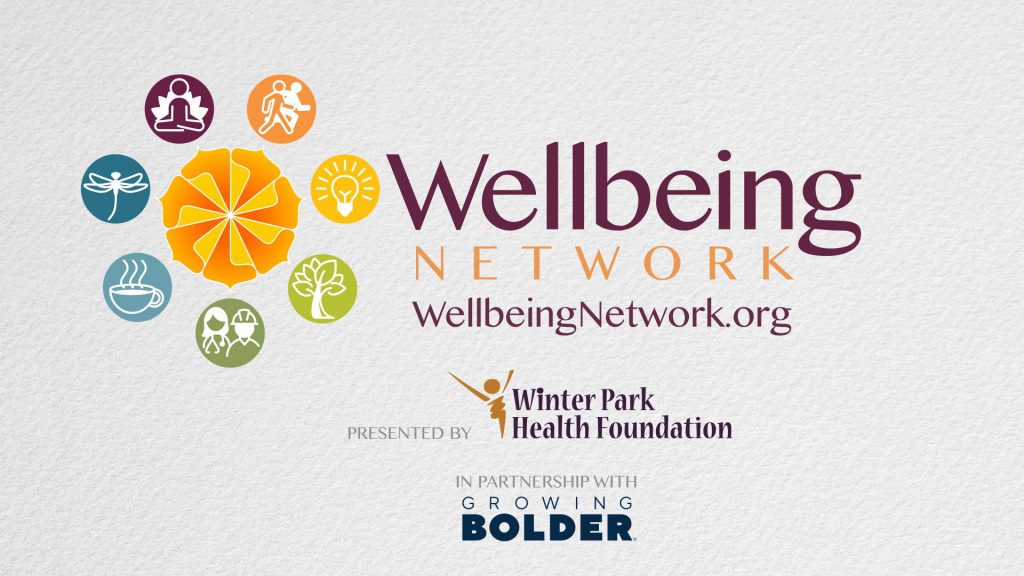Know Your Healthy Numbers For a Better Body and Brain
Posted January 4, 2021 | By admin

This article originally appeared on BrainUpFL.org, a former program of the Winter Park Health Foundation. Please continue to visit WellbeingNetwork.org for new content to fuel your intellectual pursuits and resources that support a healthy brain.
When it comes to diet and exercise, our motivation usually comes from a mental image of ourselves in a little bathing suit, showing off our abs and giving the Baywatch crew a run for their money. While this might push us to go to the gym, a healthy lifestyle benefits way more than just our bodies.
According to the Alzheimer’s Association, there is a strong connection between our hearts and our heads. The risk of developing Alzheimer’s disease or vascular dementia appears to increase in correlation with many conditions that damage the heart or blood vessels. Autopsy studies show that 80% of people with Alzheimer’s disease also had cardiovascular disease; this includes high blood pressure, heart disease, stroke, diabetes and high cholesterol. In other words, maintaining a healthy heart could help protect the brains as well.
One way to keep your heart healthy and your brain happy is to track your numbers for the following critical health metrics:
Cholesterol
Your cholesterol levels are a strong indicator of heart health and an easy blood test can measure your levels and inform you of your risk for heart disease. When it comes to your total cholesterol, less than 200 mg/dL (milligrams per deciliter) is desirable, 200-239 mg/dL is borderline high, and 240 mg/dL or higher is too high.
Blood Pressure
High blood pressure, or hypertension, is dangerous because it makes the heart work too hard and its extra force can damage arteries. Your blood pressure consists of a top number and a bottom number. An ideal blood pressure for an adult over 18 years old would be less than 120 for the top number and less than 80 for the bottom number. If the top number is 120-139 and the bottom number is 80-90, this is considered prehypertension. If the top number is over 140 and the bottom is over 90, this is considered hypertension.
Blood Sugar
High blood sugar, or hyperglycemia, occurs when your body makes too little insulin or does not use insulin in the right way. Checking your blood sugar levels is a way of measuring how well the body uses glucose, a sugar that is the primary energy source for cells. A normal blood sugar level is less than 100 mg/dL. If your blood sugar is 100-125 mg/dL, that is considered borderline diabetes and you are at increased risk of cardiovascular disease. If your blood sugar exceeds 126 mg/dL, you are considered a diabetic.
Triglycerides
Triglycerides, a type of fat lipid in your blood, come from the foods you eat. A common test called a lipid panel is used to measure your triglycerides. This is a fasting blood test, and is the same one used to test your cholesterol levels. Normal triglycerides are under 150 mg/dL, 150-199 mg/dL is borderline high, 200-499 mg/dL is high and 500 mg/dL or higher is extremely high.
Weight
Your weight and waist size are two numbers of which you should be aware. Being overweight can lead to several cardiovascular diseases such as diabetes and high blood pressure. These problems are already serious enough, but now studies show that these complications can increase the risk of getting dementia later on in life. Men are at high cardiovascular risk if their waist is bigger than 40 inches and women are at high risk if their waist size is over 35 inches.
Know Your Healthy Numbers
So the next time you’re trying to drop a few extra pounds to squeeze into your skinny jeans, think about this: adopting a healthy lifestyle does more than reduce your risk of cardiovascular diseases. It also reduces your risk of future cognitive impairment. It’s imperative for your physical and mental health that you stay active, eat right, and always know your healthy numbers.



